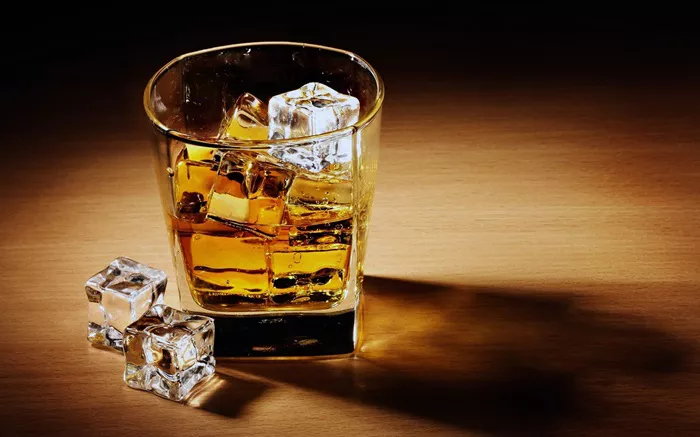Introduction
1. Definition of Alcohol
2. Definition of Spirit
Production of Alcohol and Spirit
1. Fermentation
2. Distillation
3. Aging and Blending
Types of Alcohol and Spirit
Types of Alcohol
1. Beer
Beer is a fermented beverage made from malted grains, hops, water, and yeast. It typically has an alcohol content of between 3% and 10%.
2. Wine
Wine is a fermented beverage made from grapes or other fruits. It typically has an alcohol content of between 8% and 15%.
3. Cider
Cider is a fermented beverage made from apples or other fruits. It typically has an alcohol content of between 3% and 8%.
Types of Spirit
1. Whiskey
Whiskey is a spirit made from fermented grains, such as barley, corn, or rye. It is typically aged in oak barrels for several years to develop its flavor.
2. Vodka
Vodka is a spirit made from fermented grains or potatoes. It is typically distilled multiple times to achieve a high level of purity.
3. Gin
Gin is a spirit made from juniper berries and other botanicals. It is typically distilled with a neutral grain spirit.
4. Rum
Rum is a spirit made from sugarcane or molasses. It is typically aged in oak barrels for several years.
5. Tequila
Tequila is a spirit made from the blue agave plant. It is typically aged in oak barrels for several months to several years.
Health Effects of Alcohol and Spirit
1. Positive Health Effects
Moderate consumption of alcohol has been associated with a reduced risk of heart disease.
Some studies have suggested that moderate consumption of red wine may have benefits for cognitive function.
2. Negative Health Effects
Excessive consumption of alcohol can lead to liver damage, high blood pressure, and other health problems.
Alcohol can also have negative effects on mental health, including depression and anxiety.
Spirits often have a higher alcohol content than other types of alcohol, which can increase the risk of negative health effects.
See Also: What is a Bonded Whiskey? A Detailed Introduction
Social and Cultural Significance of Alcohol and Spirit
1. Socializing and Celebration
2. Religious and Ritual Use
3. Economic Importance
Regulation and Safety
1. Legal Drinking Age
2. Labeling Requirements
3. Responsible Consumption
Conclusion
You might be interested


